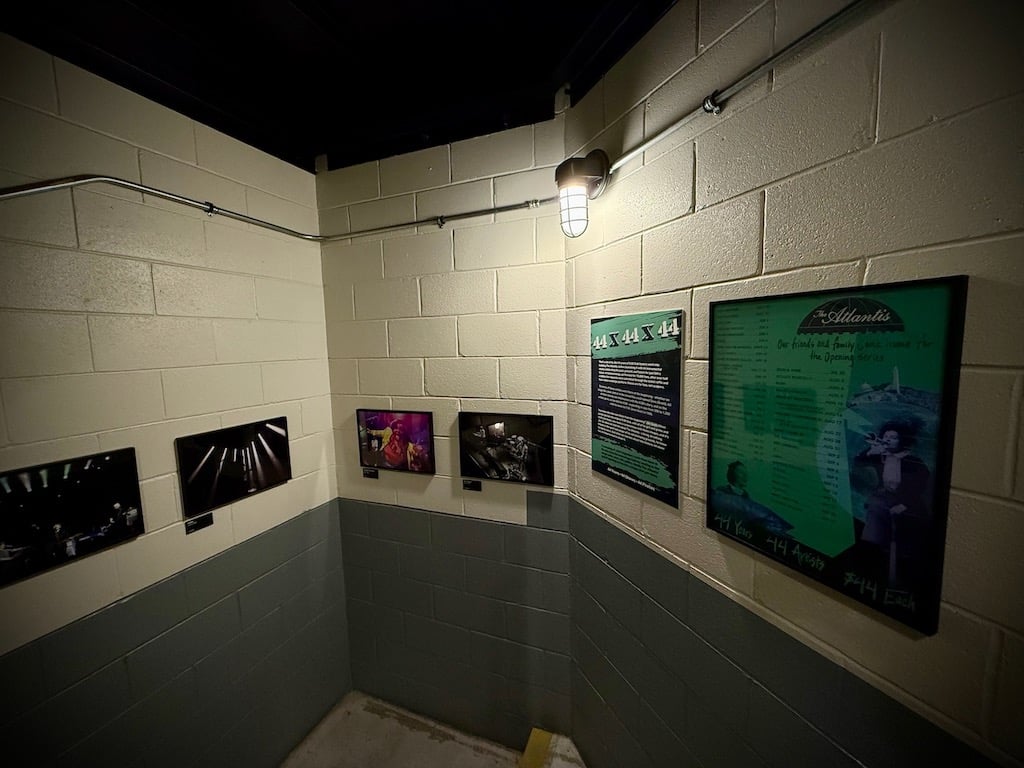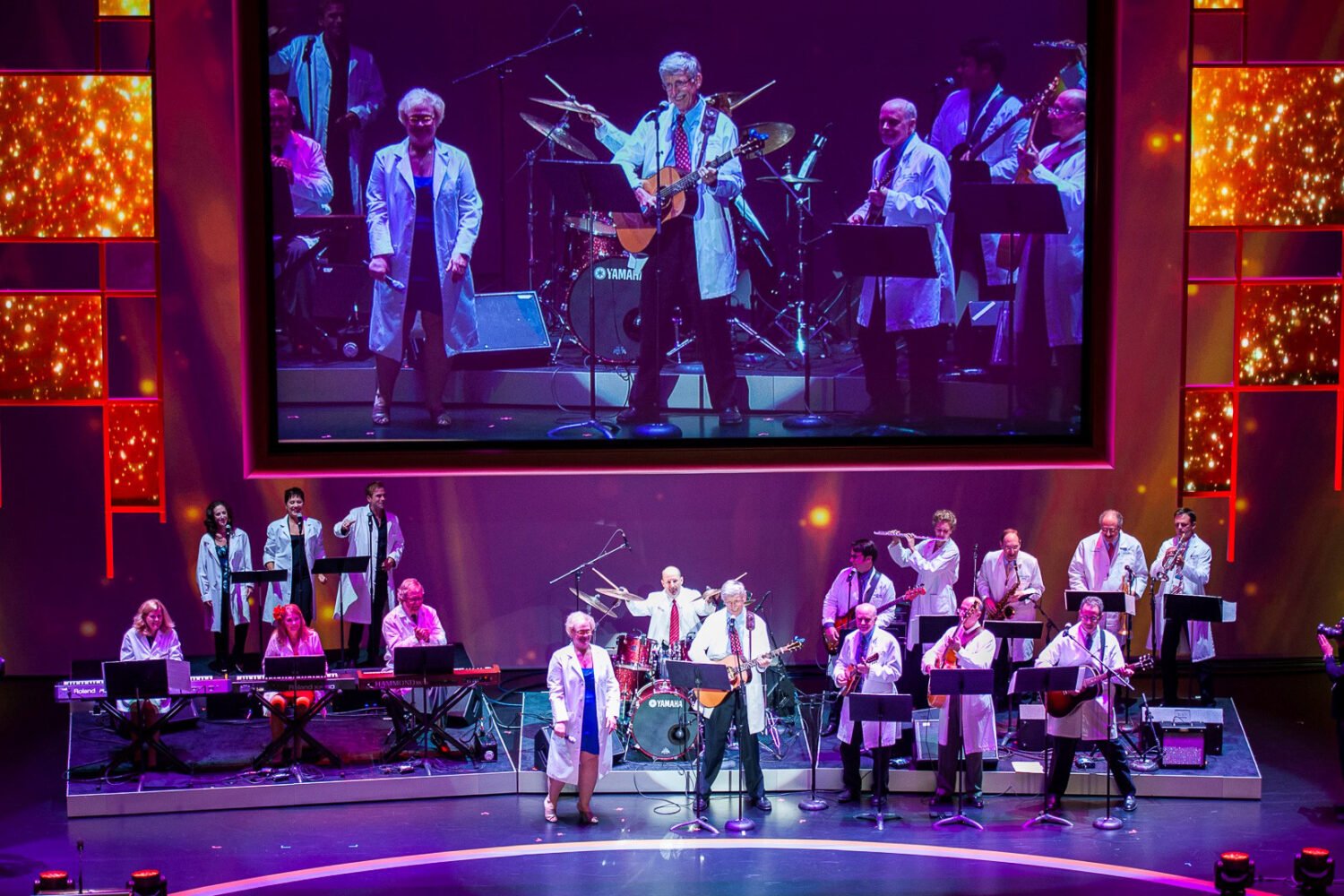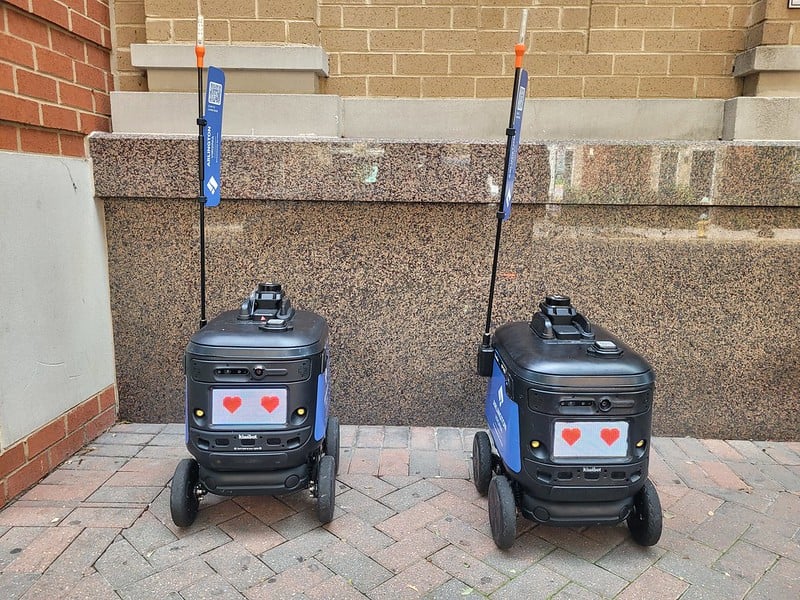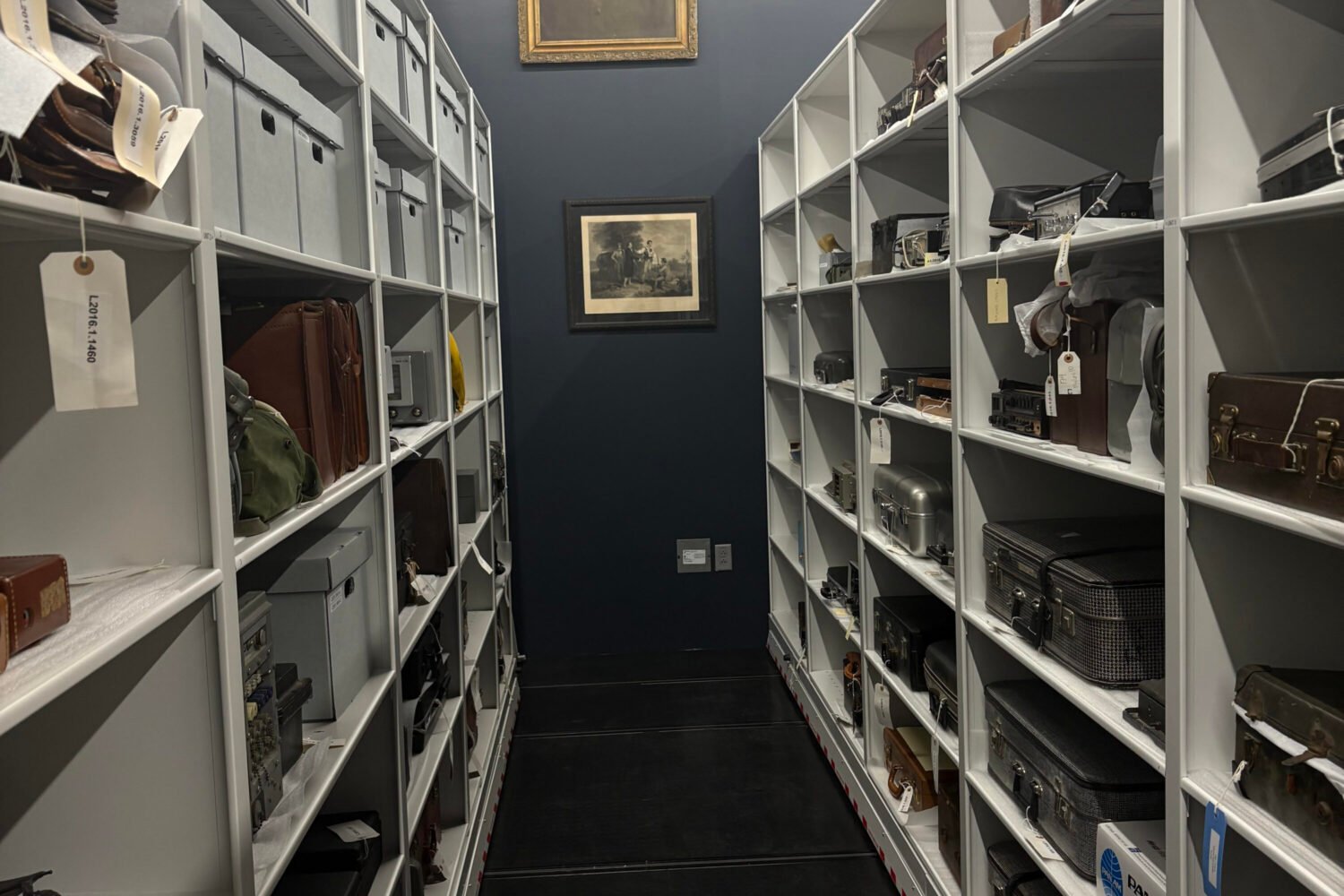1. When the King Met the President
The photo of an awkward handshake between Richard Nixon and Elvis Presley—believed to be the most requested at the National Archives—has now inspired a movie starring Kevin Spacey as Nixon. A few days before Christmas 1970, Presley hand-delivered a five-page, barely coherent letter to the White House gate, requesting a badge naming him a “Federal Agent At-Large.” Granted a presidential audience (and the badge), the singer ended the meeting with a hug—tragically unrecorded by the White House photographer.
2. The Old 9:30 Club
For 15 years, the claustrophobic, malodorous club at 930 F Street, Northwest—the venue’s name comes from its original address—was a fitting backdrop for local punkers such as Fugazi and Bad Brains.
3. Jamboree at the Arena
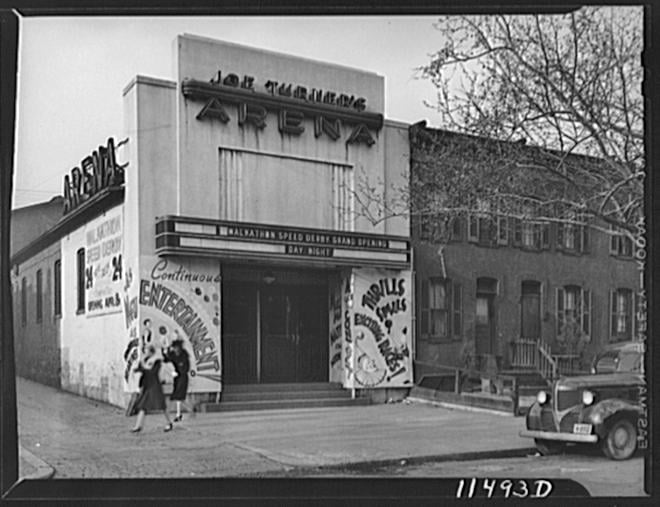
The 2,000-seat Turner’s Arena at 14th and W—later renamed Capitol Arena—started as a wrestling venue where the likes of Gorgeous George and Bruno Sammartino took the ring. In 1955, it became home to America’s first live late-night TV musical variety show, hosted by Jimmy Dean of sausage fame. Town and Country Jamboree saw the debut of Winchester native Patsy Cline, in a cowgirl outfit her mom made.
4. Bohemian Caverns
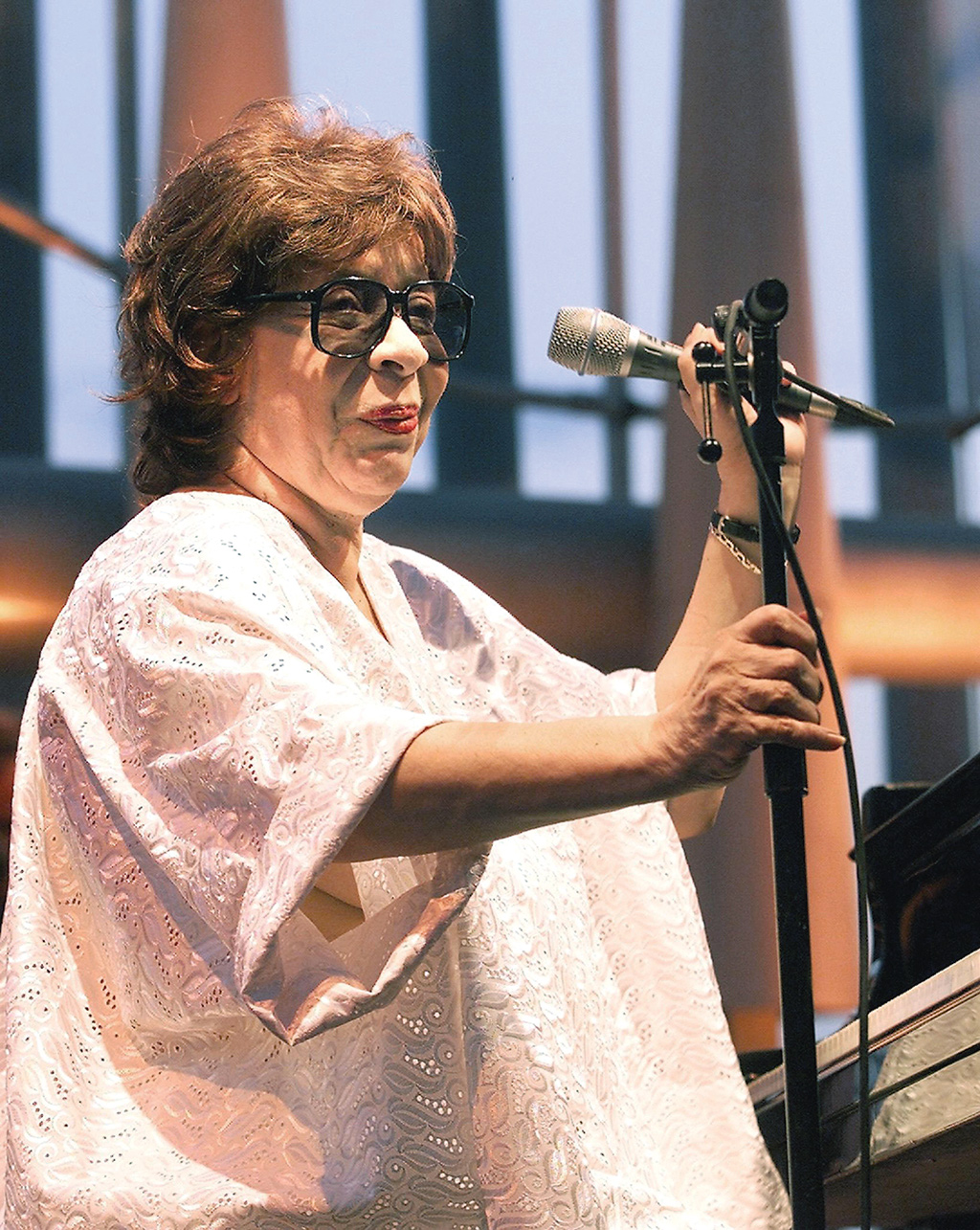
Once a speakeasy, the subterranean Caverns, at 11th and U, tracked closely the history of American jazz, with names like Armstrong, Coltrane, and Holiday on the bill, plus standing dates for DC-born Shirley Horn (above). Changing ownership and jazz’s declining popularity doomed the 90-year-old club, which closed for good this year.
5. Wilson High Alumni

DC’s largest high school, Wilson boasts a deep bench of notable graduates, but its alumni band could rock Coachella: Citizen Cope, DJ Spooky, and the Source’s David Mays all haunted its halls over the past two decades. Too old to appreciate that list? Wilson also educated Ian MacKaye and Brendan Canty, who later joined forces in Fugazi (above). Still no? How about two members of Jefferson Airplane?
6. The Godfather of Go-Go
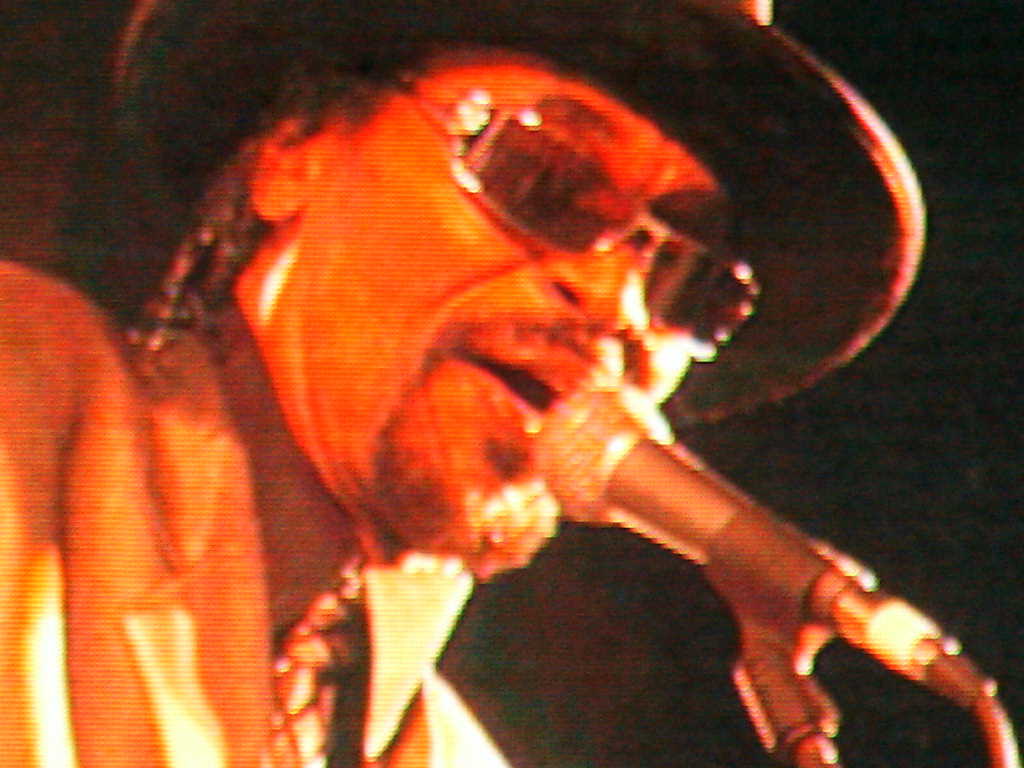
Chuck Brown was the sine qua non of go-go, the R&B genre that was the District’s soundtrack in the early ’80s. Two years after his death in 2012, the one-acre Chuck Brown Memorial Park opened in Northeast DC, featuring a statue of the performer and larger-than-life photos of him printed on mosaic tile.
7. The Duke’s Childhood Homes

Only 1805 13th Street in Shaw has a plaque, but Edward Kennedy “Duke” Ellington lived at 1816 as a teen as well. The jazz giant is also honored in the name of DC’s performing-arts high school and, more mercenarily, the name of an upscale apartment complex on U Street.
8. Bo Diddley’s House
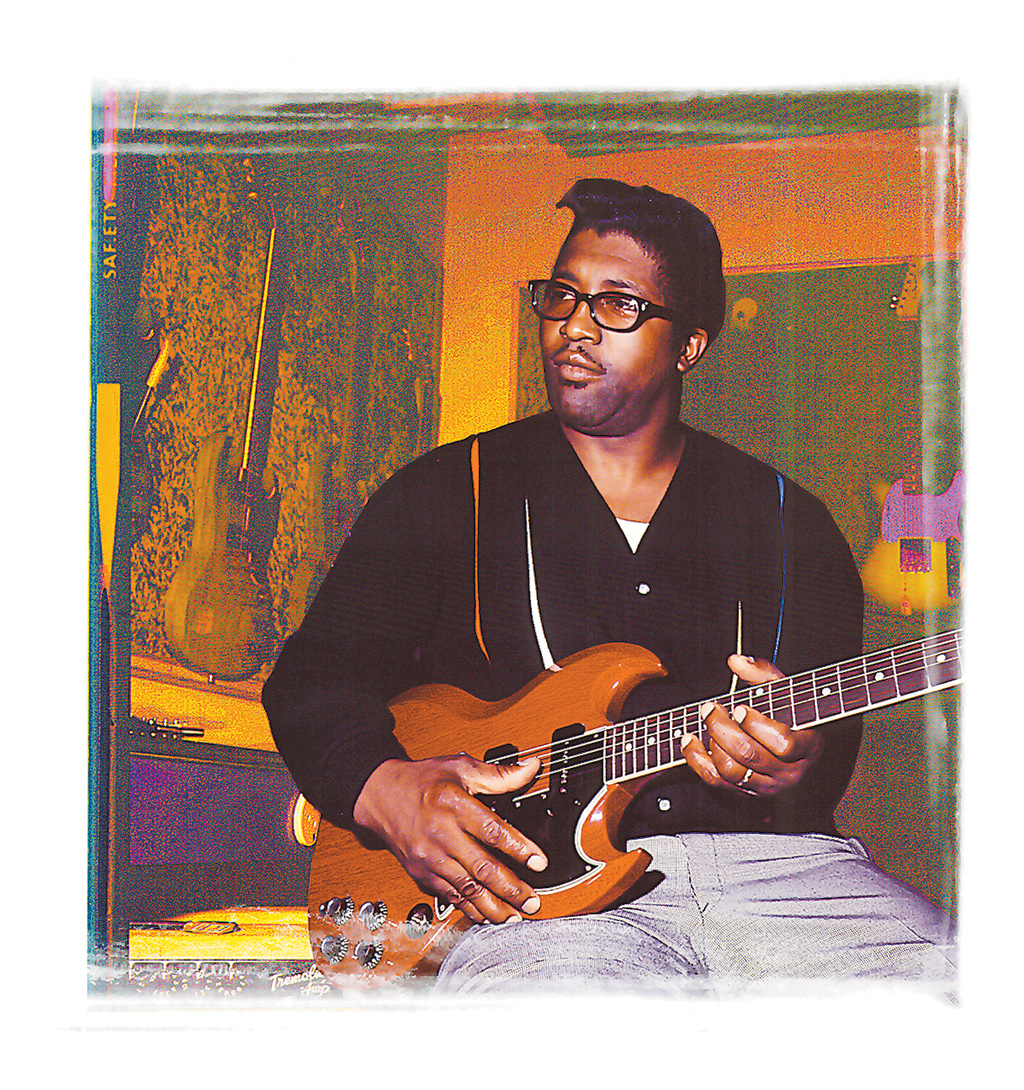
Adopting DC as a hub convenient to both New York and Southern venues (plus the Howard Theatre), Diddley owned the modest bungalow at 2614 Rhode Island Avenue, Northeast, in the early ’60s, and he recorded his fifth album, Bo Diddley Is a Gunslinger, in its basement. The guitar god also fostered young groups here, including the Marquees, which featured a crooner named Marvin Gaye.
9. Dave Grohl’s Recording Studio

In 1999, Grohl—the former drummer for Nirvana, who grew up in Springfield—bought a house on Nicholson Lane in Alexandria and, soon after, fitted it out with a recording studio and invited his band Foo Fighters to move in. The result was the Grammy-winning album There Is Nothing Left to Lose.
10. Lowell George
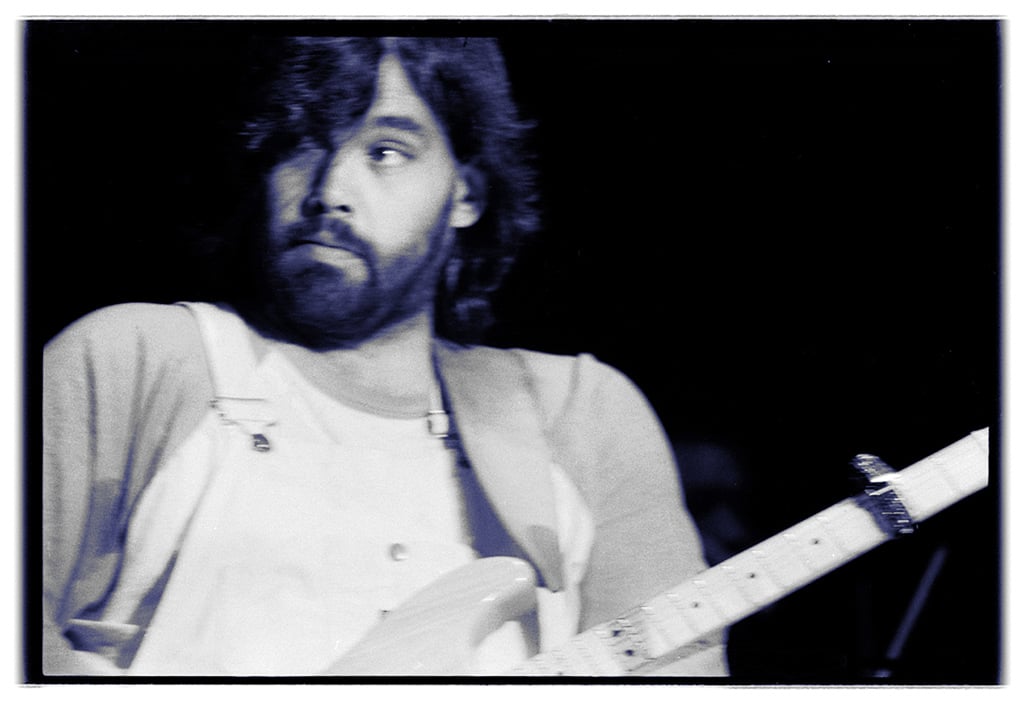
Paris has Jim Morrison. New York has John Lennon. LA has . . . too many to count. But Arlington claims the frontman of perhaps the most underappreciated rock band of the ’70s, Little Feat (“Dixie Chicken”). George, then 34, died of a heroin overdose at the Twin Bridges Motor Hotel—now an empty lot next to Long Bridge Park—on June 29, 1979, hours after performing at Lisner Auditorium.
This article appears in our June 2016 issue of Washingtonian.








